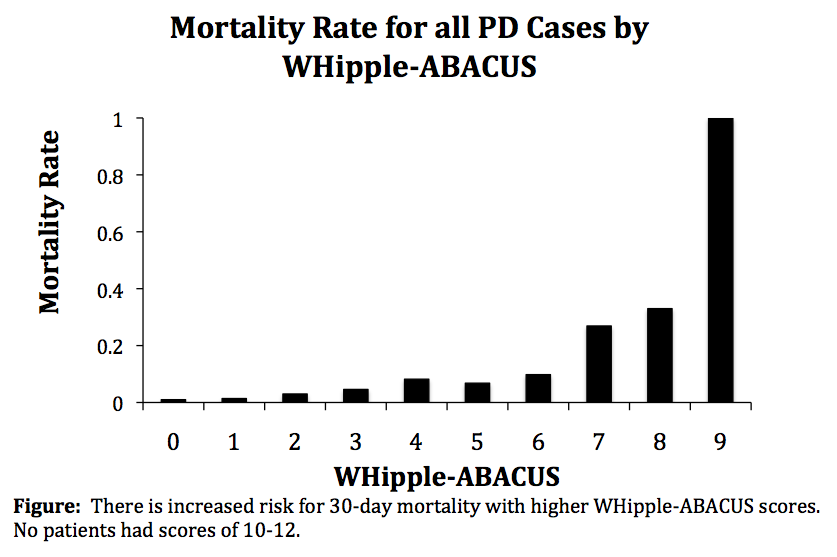S. Jiao1,2, C. K. Zogg1, J. W. Scott1, L. L. Wolf1, A. Shah2, M. A. Chaudhary1, N. Changoor1, A. Salim3, E. B. Schneider1, A. H. Haider1 1Brigham And Women’s Hospital,Center For Surgery And Public Health, Harvard Medical School, Harvard T H Chan School Of Public Health,BOSTON, MA, USA 2Mayo Clinic In Arizona,Department Of Surgery,Phoenix, AZ, USA 3Brigham And Women’s Hospital,Division Of Trauma, Burns And Surgical Critical Care,BOSTON, MA, USA
Introduction:
Differences in outcomes between teaching (TH) versus non-teaching hospitals (NTH) have been reported among emergency general surgery (EGS) patients. Using a nationally representative sample, this study examined associations between hospital teaching status and surgical outcomes among EGS patients.
Methods:
Adult patients (≥18y) with a primary ICD-9 code for an EGS condition were identified in the 2007-2011 Nationwide Inpatient Sample. Analyses included only patients with complete data (except for race) who were non-electively admitted and underwent operative procedures. Cases were categorized into those managed at TH versus NTH and assessed for differences in patient- and hospital-level factors. Stratified analyses were conducted within the following diagnostic groups: colorectal pathology, intestinal obstruction, appendiceal disorder, hernias and vascular pathology. Outcomes included: major complications, in-hospital mortality, non-routine discharge, length of stay (LOS), and total hospital cost. Data were weighted to obtain national estimates, and clustering of patients within hospitals was accounted for. A combination of coarsened-exact matching and multivariable logistic/linear (family gamma, link log) regression was used to adjust for potential confounding.
Results:
A weighted total of 18,915,504 adult patients with complete data were admitted to inpatient care with EGS conditions between 2007-2011, 40.26% of whom were treated at THs. Overall, 6,395,624 (33.81%) underwent operations of which 69.02% were non-elective (64.82% in TH and 72.06% in NTH). The most common diagnoses within each of the 5 diagnostic groups listed were: diverticulitis, intestinal/peritoneal adhesion with obstruction, acute appendicitis, ventral hernia and arterial embolism, respectively. The odds of mortality was higher for all operatively managed EGS patients in TH (OR 1.07, 95% CI 1.01-1.13), which was also true for the most common diagnoses for colorectal pathologies (OR 1.40, 95% CI 1.13-1.73) and intestinal obstructions (OR 1.18, 95% CI 1.02-1.36), but not for the other 3 conditions. Interestingly, the odds of extended LOS was increased among patients with the most common diagnoses in colorectal pathology, intestinal obstruction and hernias if treated at TH, but was decreased for acute appendicitis. Treatment at TH was associated with increased odds of having total cost exceed the 75th percentile among patients with intestinal obstruction or ventral hernia.
Conclusion:
Differences in patient diagnosis-specific case-mix may account for much of the previously reported variability in EGS outcomes between TH and NTH. Future research should carefully consider the broad spectrum of diagnoses that constitute EGS conditions.








